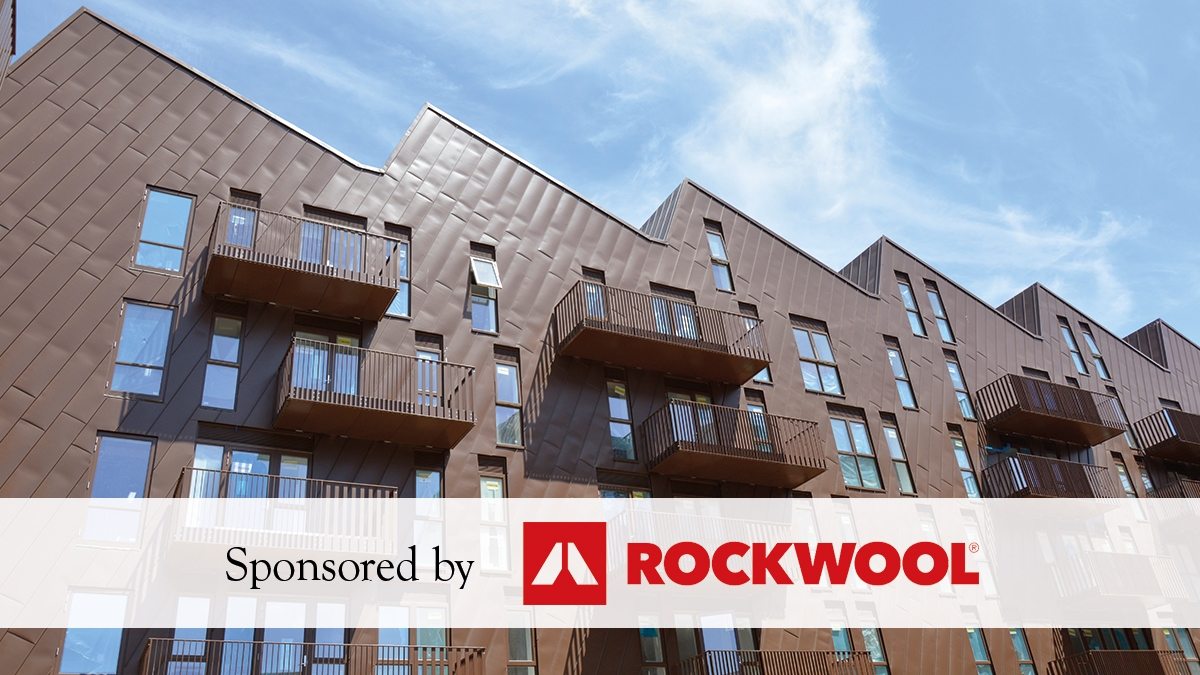Dear Secretary of State,
More than five years have passed since the Grenfell Tower tragedy. In that time, some vital fire safety progress has been made in England, including a ban on the use of combustible façade materials on certain high-rise buildings, funding to replace some unsafe cladding and insulation, and the establishment of a building safety regulator.
While these measures are welcome, there remains much to be done. We urge the new government to address these gaps and ensure the occupants of all UK buildings are protected.
Under current regulations in England, combustible cladding and insulation – including materials found on Grenfell Tower – can still be legally installed on high-rise and high-risk buildings up to 18m in height, including homes, hotels, schools and hospitals; and on other buildings over 18m in height.
In June, new Scottish legislation addressed much of this gap by prohibiting combustible façade materials on a range of mid-rise buildings 11m and above including residential blocks, care homes, hospitals, schools, and assembly and entertainment buildings (such as libraries, passenger stations, restaurants and theatres). This brings more building types into scope than the ban in England, as well as reducing the trigger threshold from 18m to 11m.
In doing so, the Scottish government listened to the advice of the Building Standards Review Panel, which stated: ‘There is still a very significant risk above 11m.’ Fire brigades support this view because of limited access to equipment to fight fires at higher levels, and because of the extended time it takes for occupants (particularly those less mobile) to evacuate buildings that are any taller, increasing their risk of exposure to fire, smoke, and toxic gases.
Your department consulted on lowering the ban’s trigger threshold to 11m in May 2020, a proposal backed by numerous experts. But government has not carried this forward, meaning that standards in England have fallen behind and out of line with fire safety best practice.
That choice is significant because industry data and analysis shows that in the two years to December 2020 after the ban’s introduction, combustible façade insulation was used on an estimated 163 mid-rise and high-risk construction projects in England. This includes 49 residential projects involving buildings between 11m and 18m, as well as eight hospitals and 76 schools or college projects. All these projects sit outside the current scope of the ban, adding to the tally of buildings constructed with combustible materials prior to the Grenfell Tower fire. This leaves us with a large and growing cladding crisis.
Earlier this year, government adopted a polluter pays approach to drive much-needed help to leaseholders in mid-rise buildings who are stuck in their properties because of the combustible materials legacy. This shows government has the right north star: to pursue those that have contributed to, worsened, or caused the problems we now face.
Thanks to this, action on building remediation has been bolstered and must continue to be prioritised. However, alongside these efforts, we urge you to follow the advice of fire safety experts in banning combustible insulation and cladding materials from all high- and mid-rise buildings as well as all high-risk buildings, such as schools and hospitals, regardless of height. This is the only way we can end the legacy of unsafe materials once and for all.
By ROCKWOOL, September 2022
This article is free to read
To unlock more articles, subscribe to get 3 months of unlimited access for just $5






Comments
Join the debate for just £1 a month
Be part of the conversation with other Spectator readers by getting your first three months for £3.
UNLOCK ACCESS Just £1 a monthAlready a subscriber? Log in